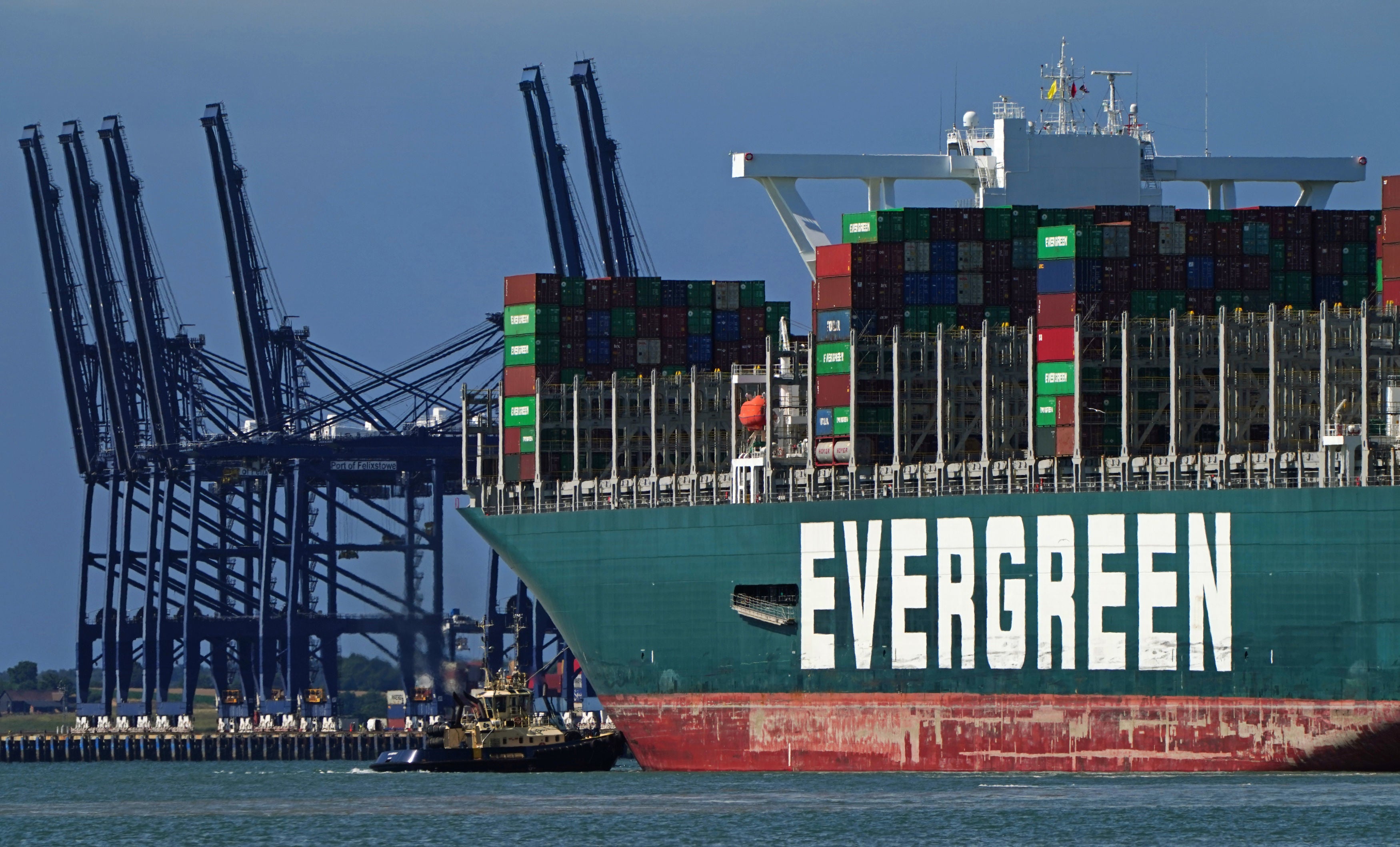Container ship which became stuck in the Suez Canal for six days set to navigate waterway again
The Ever Given is set to make another attempt at passing through the Suez

Your support helps us to tell the story
From reproductive rights to climate change to Big Tech, The Independent is on the ground when the story is developing. Whether it's investigating the financials of Elon Musk's pro-Trump PAC or producing our latest documentary, 'The A Word', which shines a light on the American women fighting for reproductive rights, we know how important it is to parse out the facts from the messaging.
At such a critical moment in US history, we need reporters on the ground. Your donation allows us to keep sending journalists to speak to both sides of the story.
The Independent is trusted by Americans across the entire political spectrum. And unlike many other quality news outlets, we choose not to lock Americans out of our reporting and analysis with paywalls. We believe quality journalism should be available to everyone, paid for by those who can afford it.
Your support makes all the difference.The world will watch anxiously as the 400-metre container ship that blocked the Suez canal attempts to navigate the tricky passage once again.
The Ever Given, which caused global disruption when it became stuck in the shipping lane for six days back in March, today entered the Suez for the first time since then.
According to MarineTraffic, the ship left the Port of Felixstowe on the coast of Suffolk on 5 August and is “partially laden” with cargo. James Baker, the container shipping editor of Lloyd’s List, said on Twitter that the ship is en route to Singapore for repairs.
Live ship-tracking showed the vessel beginning a successful passage through the waterway at 3pm on Friday afternoon.
The Ever Given, one of the world’s largest container ships, became an internet phenomenon after running aground in the canal on 23 March after a gust of wind blew it off course. Images showed the Japanese-owned ship wedged between the two embankments of the waterway.
The ship was freed at the end of March – six days after it brought traffic on one of the world’s busiest trade routes to a standstill. Egypt reportedly demanded £397m as compensation for the major disruption caused by the blockage.
Hundreds of ships were unable to navigate the passage as engineers raced to free the vessel. Many were forced to take a much longer route around the Cape of Good Hope on the southern tip of Africa, requiring additional fuel and other costs.
Roughly 15 per cent of world shipping traffic transits the Suez Canal, the shortest shipping route between Europe and Asia. The Suez Canal Authority (SCA) claimed the blockage in March would cost the world more than £730m.
Both parties agreed on an unspecified compensation fee last month after the SCA threatened to seize the ship unless the vessel’s Japanese owners paid £648m in damages.
The firm, Shoei Kisen Kaisha Ltd, had previously blamed the authority for the blockage. They claimed the ship should never have been allowed to sail through the waterway during bad weather.
It contradicted earlier suggestions by Admiral Osama Rabie, chairman of the SCA, who said in a press conference in March that there “may have been technical or human errors”.
The container ship finally docked in the UK on 3 August – four months later than planned.
Join our commenting forum
Join thought-provoking conversations, follow other Independent readers and see their replies
0Comments